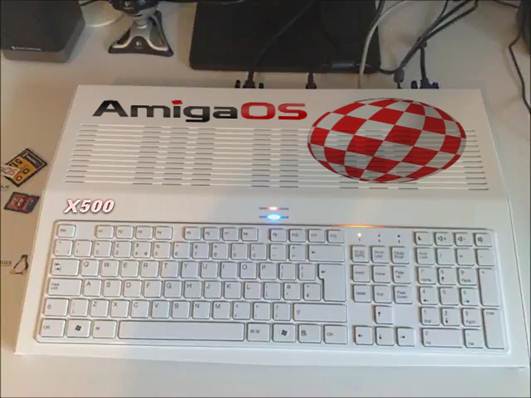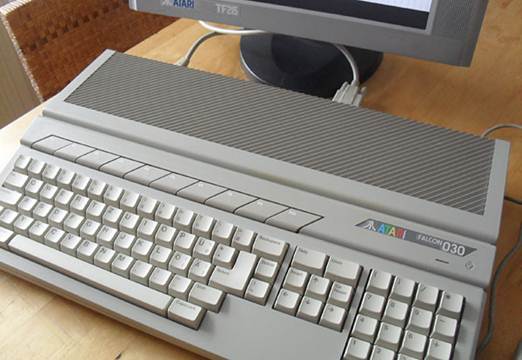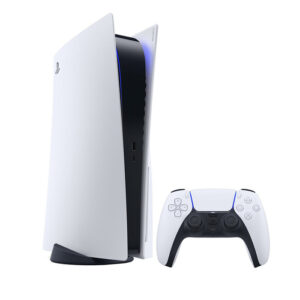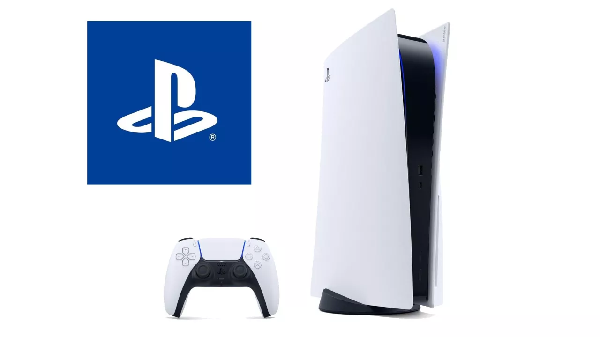Sven Harvey looks at a new hobby casing
Sven Harvey has been our Amiga specialist for over 12 years, drawing on his vast computing knowledge which its itself the result of 21 years of retailing computer and video games.

Loriano Pagni has previously made a name for himself by producing widely acclaimed cases for the V1.1 MiniMig (FPGA reimplementation of early 16-bit Amigas) and then the 1541U cartridge case.
One very long running project that ‘TheDaddy’ has been working on for over seven years, is that which is now referred to as the X500. Well, I say ‘project’, but even Loriano now refers to it as a self-imposed masochistic challenge…
Originally started as a new case design for his Frankenstein (super expanded) Commodore Amiga 1200. Multiple prototype designs went by the wayside, as Loriano was not happy with them and spare money, when available, went into the development of the casting. Several times in the past I have mentioned enough with the result to think about even a short production run. Each of the designs was handcrafted in Loriano’s garage, and obviously inspired by the Amiga 500 and other old ‘wedge’ style ‘AIO’ or all-in-one machines.
The design developed over time and the near final version is now a combination of aluminium and plastic. There are now a few design targets that it hopes to achieve, although it’s nearly final:
- To offer a case with a retro felling but with modern, clean lines, lots of space for all kinds of hardware gear and a full-size, modern, low-profile keyboard.
- To support powerful x86 boards (mini-ITX and flex-ATX boards) running Aros, Windows, Linux, WinUAE, build your Natami or FPGAAcrade machine.
- To support the SAM boards by ACube running OS4, for the full Amiga experience.
There are limitations to the design: it’s less than 6cm high, so larger heatsinks will cause issues. However, there is room for a multi-card reader and slim optical drive (including BD-ROMs, assuming the AmigaOS gets Blu-ray support.). More than one 2.5” hard disk or SSD can also be installed alongside a standard-sized mini-ITX of flex-ATX boards. Obviously things like the Raspberry Pi motherboard leave a lot more room to manouvre.

There are limitations to the design: it’s less than 6cm high, so larger heatsinks will cause issues
The casing allows for a single low-profile expansion slot with a length and thickness limit to the card that can be installed. Meanwhile the design allows the integration of an Emprex 6310U keyboard. The option of using a similar Apple aluminum keyboard is being explored but considering the Emprex unit is around $15 and the Apple variation is over $67.5, one has to wonder who would take advantage of it.
One nice feature is that the on/off switch and all the installed LEDs will be easily replaceable to deal with faults and allow customization of the colour.



